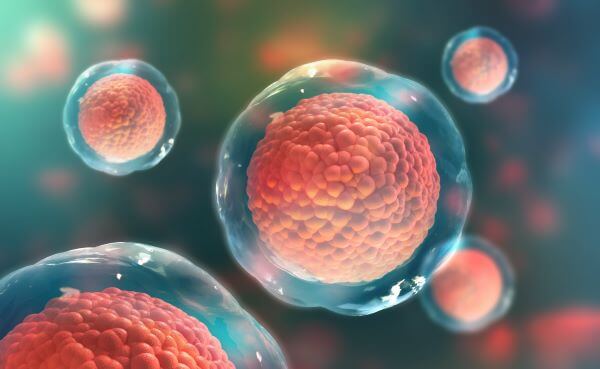The cell is the basic unit of life. All living things are made out of them. Cells come from other cells. The way that cells divide is through mitosis. Mitosis is the process by which a cell duplicates itself, producing two identical daughter cells. This process is essential for the growth and repair of tissues in the body. Mitosis has five main phases: prophase, prometaphase, metaphase, anaphase, and telophase.
In prophase, the chromosomes in the nucleus condense and become visible. The nuclear envelope breaks down and the spindle fibers form.
Prometaphase is when the spindle fibers attach to the chromosomes. The chromosomes line up in the middle of the cell.
Metaphase is when the chromosomes are aligned in the middle of the cell. The spindle fibers are attached to the chromosomes.
Anaphase is when the chromosomes separate and move to opposite sides of the cell. The cells begin to elongate.
Telophase is when the cells divide and two new nuclei form. The chromosomes decondense and the nuclear envelope reforms.
Cytokinesis is part of telophase, and is when the cytoplasm of the cell splits into two. This process completes cell division.
Interphase is the phase between cell divisions. This is when the cell grows and copies its DNA. Interphase has three phases: G1, S, and G2.
G1 is the phase where the cell grows and prepares for DNA replication.
S is the phase where DNA replication occurs.
G2 is the phase where the cell prepares for mitosis.
Cell division is an essential process for the growth and repair of tissues in the body. Without cell division, we would not be able to heal wounds or grow new cells to replace old ones. It is a complex process that involves many different steps, but the end result is two new cells that are identical to the original cell.
Mitosis is a complex process that is essential for the growth and repair of tissues in the body. By understanding the different phases of mitosis, we can better understand how cells divide and how this process is essential for life.






